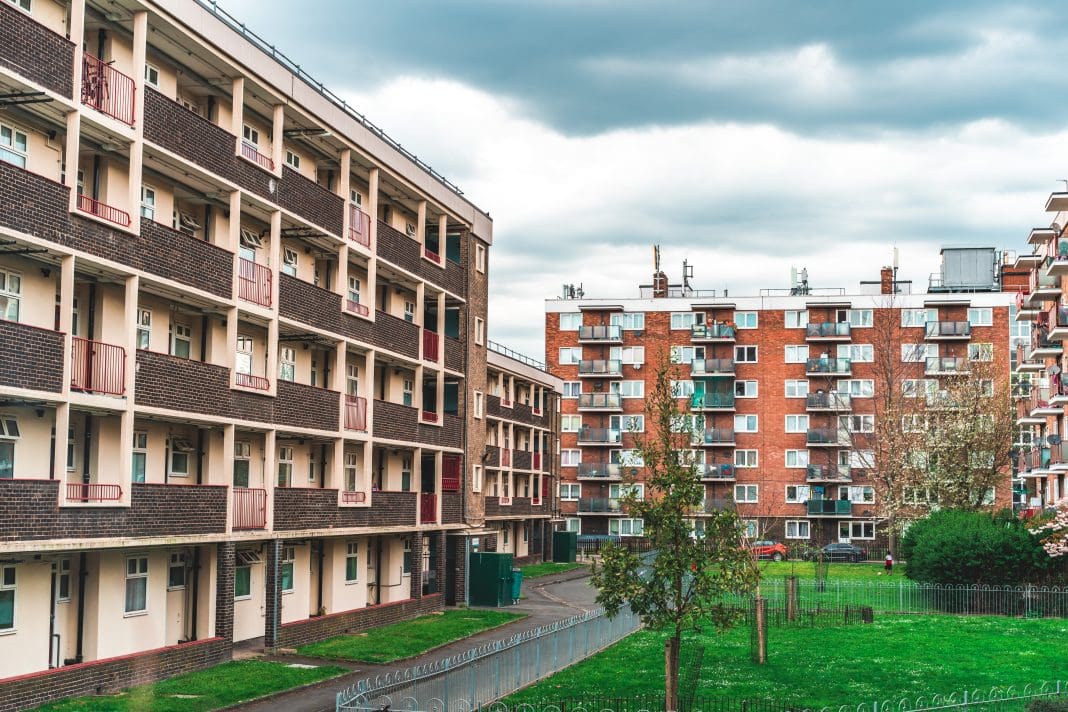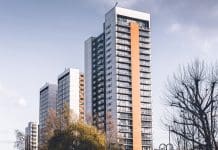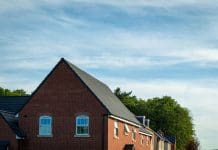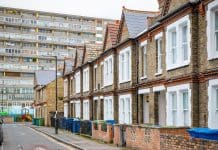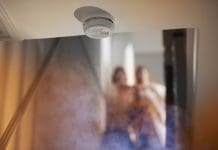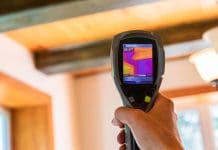Social housing tenants are more than 11 times more likely to experience ventilation issues than plumbing issues, and almost five times as likely to experience ventilation issues as heating issues, according to a new study
Airflow’s Ventilation Challenges in Social Housing report analyses the ventilation systems and energy efficiency of social housing, as well as data from the Social Housing Residents Survey.
It revealed that millions of social housing dwellings do not have mechanical ventilation systems in use, which could improve the property’s ventilation and reduce the risk of dampness and mould.
Of the mechanically ventilated social homes analysed, the majority had ‘extract only’ ventilation (79%), with only 21% having ‘supply and extract’ ventilation installed, i.e. the system continuously both introduces fresh outdoor air and removes indoor air.
With almost half a million people receiving a new social letting in 2021/22 – an increase of 52,000 people from the previous year – thousands of people are moving into homes that could benefit from improved ventilation.
Top reasons that social housing residents were dissatisfied with their homes:
- Mould
- Damp
- Condensation
- Insulation
- Ventilation
One simple change landlords can make is to listen to tenants
Government data found almost a third of tenants in social housing are not satisfied with the extent to which their landlord listens to and acts on their complaints. One in five residents also say they disagree that the landlord consults them on decisions that impact their home.
Better communication will improve relationships between tenant and landlord, making it easier for landlords to take proactive measures to prevent hazards in their properties, such as installing ventilation systems.
One popular option is a Mechanical Ventilation with Heat Recovery (MVHR) system. In the past, other systems have been used in social homes, but as dwellings have become more airtight, the air in these homes have nowhere to go but stay in the home and contribute to the issue of mould.
Landlords can also educate their tenants on how to properly use installed ventilation systems, as well as on the need to ventilate properly in order to reduce associated risks.
Proper ventilation preserves the health of the tenant and the building
Alan Siggins, managing director of Airflow, says: “Ensuring proper ventilation is essential in all homes, particularly social homes where the tenants are renting and unable to make structural changes to their living spaces, as poor ventilation can affect both the well-being of the occupants and the building itself.
“Our recent study has highlighted a gap in the energy performance of these homes and the ventilation available in these properties, despite the known financial and health pitfalls. Inadequate ventilation can lead to a build-up of moisture, which fosters mould growth and creates an environment conducive to various health and respiratory issues.
Awaab’s Law requires landlords to act faster on hazards
The study comes after Awaab’s Law received Royal Assent in the summer, requiring social housing landlords to investigate and fix damp and mould in their properties within strict new time limits.
Further proposals went out for consultation in January, requiring landlords to investigate hazards within 14 days.
“With the introduction of Awaab’s law, landlords are now required to prevent growth and address existing issues in their social housing rental properties.
Landlords can upgrade ventilation fans, install mechanical ventilation systems and seal gaps that allow drafts, among other improvements. It will depend on the property, so thorough checks should be run.”


